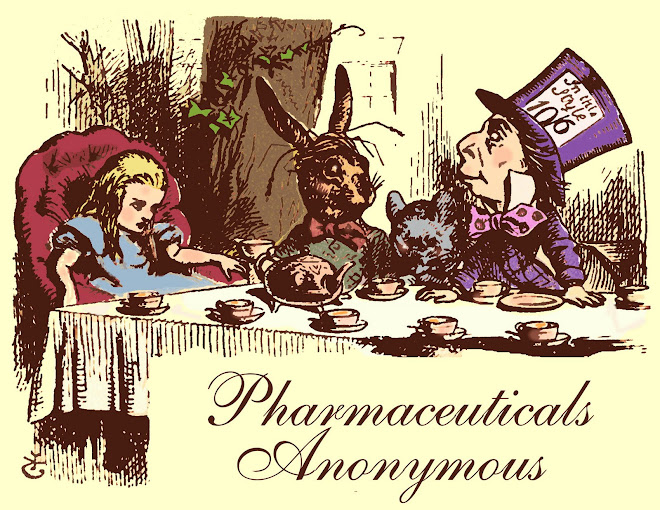
And it doesn't mention NUTRITION or VITAMINS anywhere. What do they think our brains need to be nourished with - PR*ZAC? We say Proceed with caution...
"The Mental Health Commission of Canada
Announces a Framework for a Mental Health Strategy for Canada:
We are extremely pleased to provide you with a link to the Mental Health Commission of Canada document Toward Recovery and Wellbeing: A Framework for a Mental Health Strategy for Canada.
The framework is truly the product of a remarkable amount of input from all corners of Canada over the past year and half. It draws on the wide diversity of experiences, voices and thinking of thousands of people like you or your organization for what a mental health strategy for Canada must achieve. It has also built on the efforts undertaken by so many over the years to champion the importance of a mental health strategy for Canada.
Seven interconnected goals are presented to point the way to a comprehensive and person-centred mental health system for our country: one that both promotes the recovery of people living with mental health problems and illnesses, and fosters the mental health and well-being of everyone living in Canada.
This document is not yet a strategy - it is the framework to help us create one. The ongoing input from people like you from every part of the country will be essential to the success of the next phase of developing a Mental Health Strategy for Canada. We are confident that working together we will be able to define practical solutions and develop action plans to achieve our shared vision for the long awaited mental health strategy for Canada.
In the coming months we will be communicating more details about how the next phase of our work will be structured."
Here is the PDF - and it's a big one -
http://www.mentalhealthcommission.ca/SiteCollectionDocuments/boarddocs/15507_MHCC_EN_final.pdf
The Mental Health Commission of Canada has been given both charity and governmental status. Health Canada is a source of concern because of corruption (see Shiv Chopra) and compliance to lobbyists and the FDA (Terence Young). How much of the funding of the MHCC comes from Big Pharma? We'll be watching...




